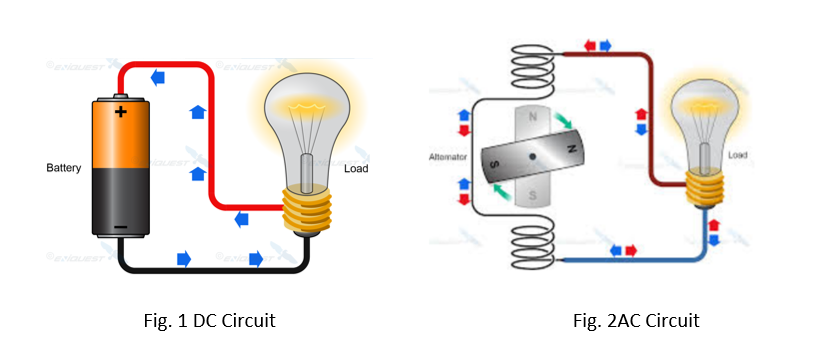nVent ERICO is launching a four-part blog series addressing the common myths and misconceptions which create confusion around the design and installation of grounding systems. Several of these myths and misconceptions can be easily explained by science, and this post will focus on the following myths:
- Low earth resistivity is important because it facilitates the operation of overcurrent protection devices.
- Earthing and grounding are different.
- All electrical currents return to the earth.
Myth 1: Low earth resistivity is important because it facilitates the operation of overcurrent protection devices like fuses and circuit breakers.
Many people relate electrical grounding with safety and the most common misconception is that if the system is grounded, it is safe from electric shock. Grounding means a connection to the ground and to better understand this concept, it is essential to understand distinction between system ground and equipment ground.
System ground vs Equipment ground
System ground encompasses systems like generators, transformers, or batteries, where the meaning of grounding is to provide a connection from one conductor of the system to an electrode that is buried in the earth. However, not all systems are grounded nor is the electrode always in the earth.
System grounding means the connection of earth ground to the neutral points of current carrying conductors such as the neutral point of a circuit, transformer, rotating machinery or system, either solidly grounded or with a current-limiting device. System grounding helps detect and clear ground faults.
Equipment grounding provides a return path for ground-fault current. System grounding, or the intentional connection of a phase or neutral conductor to earth, is for the purpose of controlling the voltage to ground within predictable limits. It cannot be expected that a circuit connected to the earth will protect a person from an electrical shock. A ground rod will not protect a person from an electric shock.
When referring to equipment ground, the term grounding can have various meanings. It may mean bonding or it may mean a direct connection to the earth. The latest revisions of NEC have made a significant effort to distinguish the two terms. The term Bonded (Bonding) is by definition “connected to establish electrical continuity and conductivity.” Ground by definition is “the earth” and
Grounded (Grounding) by definition is “connected (connecting) to ground or to a conductive body that extends the ground connection.” Equipment-grounding conductor serves a vital role in the overall electrical system. The equipment-grounding conductor is used to ground the noncurrent-carrying metal parts of equipment. Its function is to keep equipment as close as possible to ground potential and provide a safe path for ground-fault current to flow.
A proposed definition for the fault return conductor is to emphasize the need for a reliable low impedance path rather than an intentional connection to the earth. Figures 1 and 2 represent AC and DC closed circuits. In both circuits the current leaves source and returns to the source.

(Download the full text of Grounding Myths for more in-depth explanation on the above.)
Myth 2: Earthing and grounding are different.
Earthing and Grounding are in fact the same.
The definition of grounding by the National Electric Code (NEC): “A conducting connection, whether intentional or accidental, between an electrical circuit or equipment and the earth or to some body that serves in place of the earth.”
The difference is in semantics. The part of the world influenced by the British Commonwealth chooses to call the process Earthing, and in the United States the process is call Grounding.
Myth 3: All electrical currents return to the earth.
This is not true for the same reasons explained in Myth 1.
There are a few ways the current returns to the source:
- In an electrical circuit, the current leaves the source and returns back to the source.
- Sometimes, the current uses the earth as a return path to a source.
- The current enters the earth via grounding system, but it does not stay in the earth, it returns back to the source.
Having an equipment-grounding conductor serves a vital role in the overall electrical system, and its function is to keep equipment as close as possible to ground potential and provide a safe path for ground-fault current to flow to the grounding system. A properly sized EGC protects circuit elements and equipment and ensures the safety of personnel from electric shock.
It is important to mention that the lightning charge and subsequent current does return to earth and it causes ground potential rise and voltage gradient that we have to be concern with, when completing system designs.
(Download the full text of Grounding Myths for more in-depth explanation on the above.)


